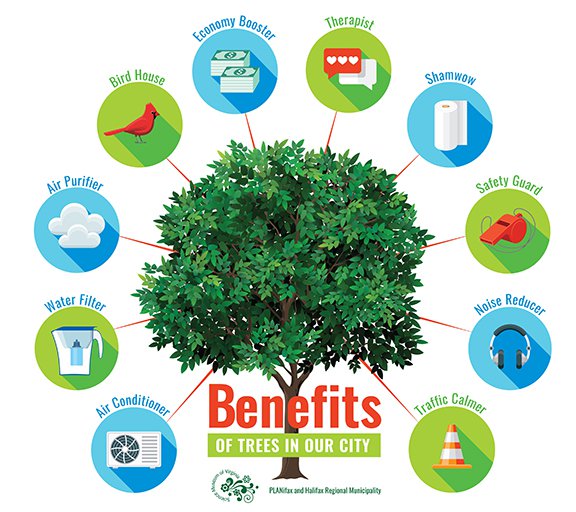Question Your World: What’s Going On with the Largest Living Organism?
We often talk about plants and trees because they are simply that important! They provide shade and homes to many of the world's species; they look beautiful; they crank out oxygen and soak up CO2; and they serve many more functions for our planet and us. Clearly, scientists have many reasons to keep an eye on our trees, especially when they notice they are in danger. They all matter, the small ones to the big ones. Right now scientists are looking at the biggest one. What's going on with the largest living organism?
Utah is known for its big open spaces, big sky, and also the biggest organism on Earth! Weighing in at an estimated 12 million pounds, occupying about 106 acres, and comprised of 47,000 identical above ground stems originating from one underground parent, I’m talking about the Pando Quaking Aspen in south central Utah.
This iconic American plant is one of the most unique living things on Earth, and scientists are worried about its future! Using a 72-year aerial photo sequence and the first comprehensive study of forest conditions, scientists are disappointed to see this giant forest drastically shrinking in size.
Clear-cut regions that still remain bare and continual human encroachment through development have put a strain on this entire ecosystem. This impacts not only this one species, but a myriad of animals that rely on this trembling giant for their life needs as well. Human impacts to our natural areas have caused other issues in the past, including wiping out entire species before they're even discovered!

As human development continues to expand without concern for the living things in the various ecosystems, regions such as these will feel more stress, potentially hurting the area's total biodiversity. After all, it's all connected. Each species has a role that it plays and thus each species brings some consequence to the entire area.
Situations like this give concerned scientists more and more reason to argue further for Mega-Conservation, which takes care of large environments instead of the traditional “individual species” approach, which only takes care of one species. The issue here is that, while protecting one species is great, protecting the larger environment will be beneficial for the many species in that region.
Providing more resources for ecosystem protection, broad range conservation efforts, and continued funding for studies like these would be a great way to help ensure a safe large ecosystem for all the species living there. Don’t forget, it’s all connected!
Big problems require big ideas, especially when they make big impacts on big things like big ecosystems...and remember, if we lose those, then WE have big problems.